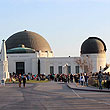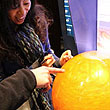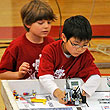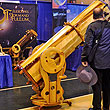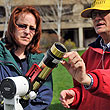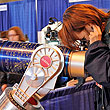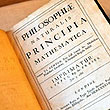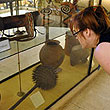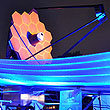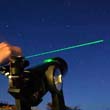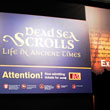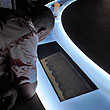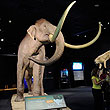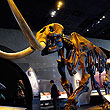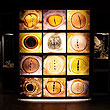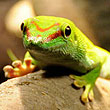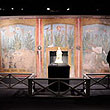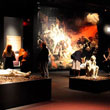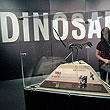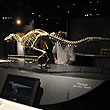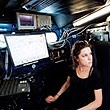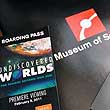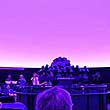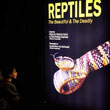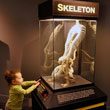The Human Body did not come with a user's manual. If it did, more of us would have a better idea how our body works. So, perhaps it is fortunate that life evolved in such a way that most of the processes which keep us alive run on auto-pilot. Just imagine if we had to spend our waking moments remembering to breath, manage our circulatory system, and yet still be expected to process all of the stimuli bombarding our sensory receptors!!!
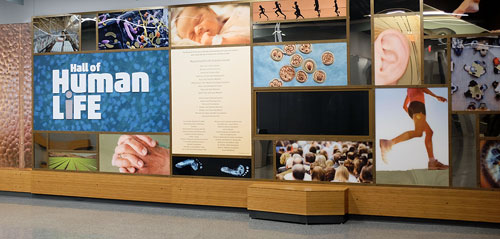
The Museum Of Science's new exhibit, Hall of Human Life, is an ambitious attempt to take visitors on a journey inside their own body for a glimpse at some of the interesting biology which occurs in there, literally right under their noses. The MOS makes it happen with a combination of technology, hands-on demonstrations, and good old-fashion story-telling.

Spanning 70 different stations, the Hall of Human Life engages visitors both personally and collectively with the use of anonymous I.D. wristbands. The bar-coded wristband lets a visitor see how the data collected by their interaction with the exhibits compares with the data of others. The MOS's goal is in providing this anonymous information is to enable visitors to gain insights that may change how they see themselves and others.
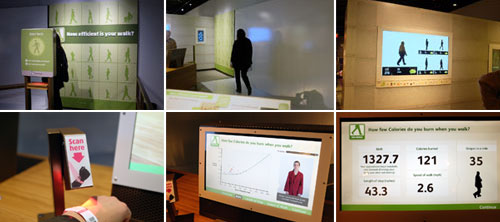
"We aim to address misconceptions and inspire you, as you discover new things about yourself, and have fun comparing your data with friends and family," says Hall of Human Life manager Elizabeth Kong. "You will feel the excitement of science, exploring how your body works by asking 'How do you know?' questions, and adding your experiences to our unique experiment. We also want to help you navigate the tidal wave of information on health and biology and encourage you to ask more questions. If you wonder about "super bugs" for example, you can find out how antibodies work and how to understand antibiotic resistance. You will also learn that we need some microbes to survive."
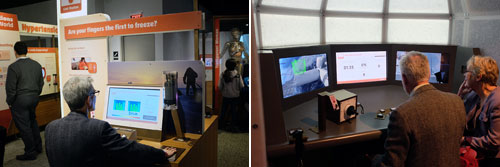
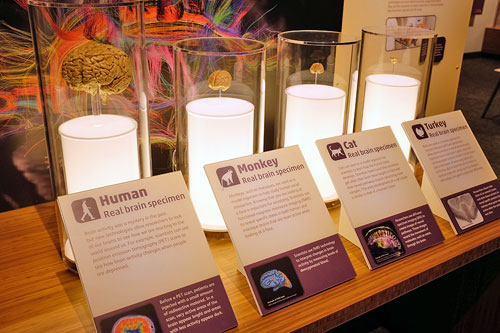
"We are in the midst of a revolution in health care," says Ioannis Miaoulis, MOS president and director. "We all wonder about the possibilities for health that new medical technologies offer." Technologically ambitious, the exhibition grew out of a collaborative spirit. Working with more than 100 advisors from hospitals, academia, industry, and public health, the Museum designed the hands-on activities to spark curiosity and reflect the latest research.
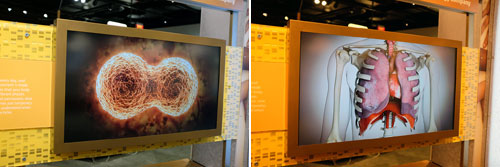
"The Hall of Human Life will be a world-class resource that reflects Massachusetts' status as the global leader in life science," says Susan Windham-Bannister, Ph.D., President & CEO of the Mass Life Science Center. "It will inform the public about the life sciences in general, inspire young people to become the scientists and engineers that we'll need for the future, and provide an educational resource for training the talented workers that are Massachusetts' calling card. No museum is better positioned to engage the public in the spirit of innovation than the Museum of Science and the Center is excited to be a supporter."
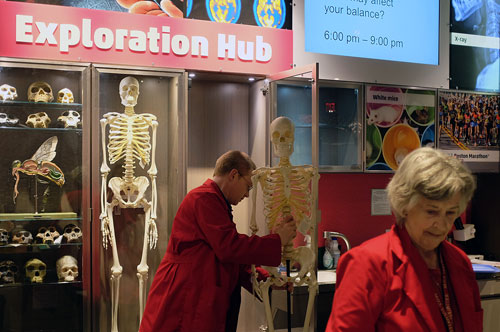
In the Exploration Hub, volunteer interpreters engage visitors in a range of dynamic activities, including exploring a real sheep heart and lungs to learn how these organs work together, dissecting a sheep eye to reveal how we--and other animals--see, putting together a mystery skeleton puzzle, and participating in a test test to understand why food tastes different when you have a stuffy nose.
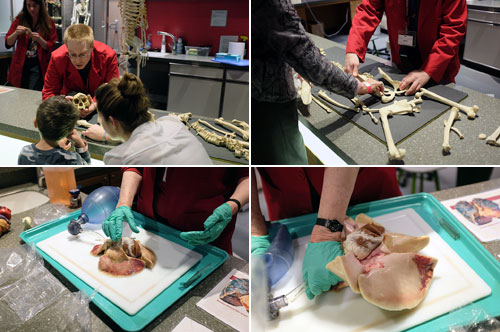
The most intriguing part of the Hall of Human Life may be the Living Laboratory. This station is an on-site research program that brings together scientists, Museum educators, and visitors. Living Laboratory visitors can learn about science through active participation, just as they do at the hands-on activities throughout the Museum. Living Laboratory research partners are trained by Museum educators to talk with visitors about the scientific process, as well as their own specific way of studying how people function. Participation in these activities comes with the added bonus of actually helping researchers advance science!
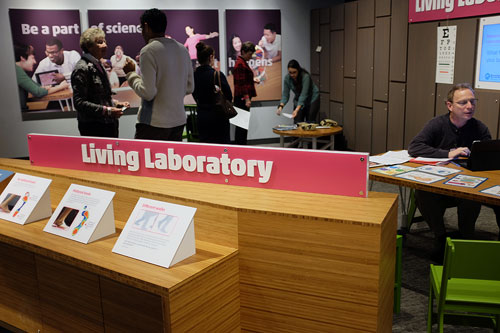
We have only shown a tiny slice of what is available at the new The Hall of Human Life exhibit at the MOS. There are SO MUCH more stuff there. We encourage readers to stop by the Boston MOS for a visit, touch everything at the exhibits, and get to know a bit more about how your body works. The exhibit opened on November 16th. For additional information about the programs, visit mos.org. [Permalink] -MOS: Hall of Human Life
|

